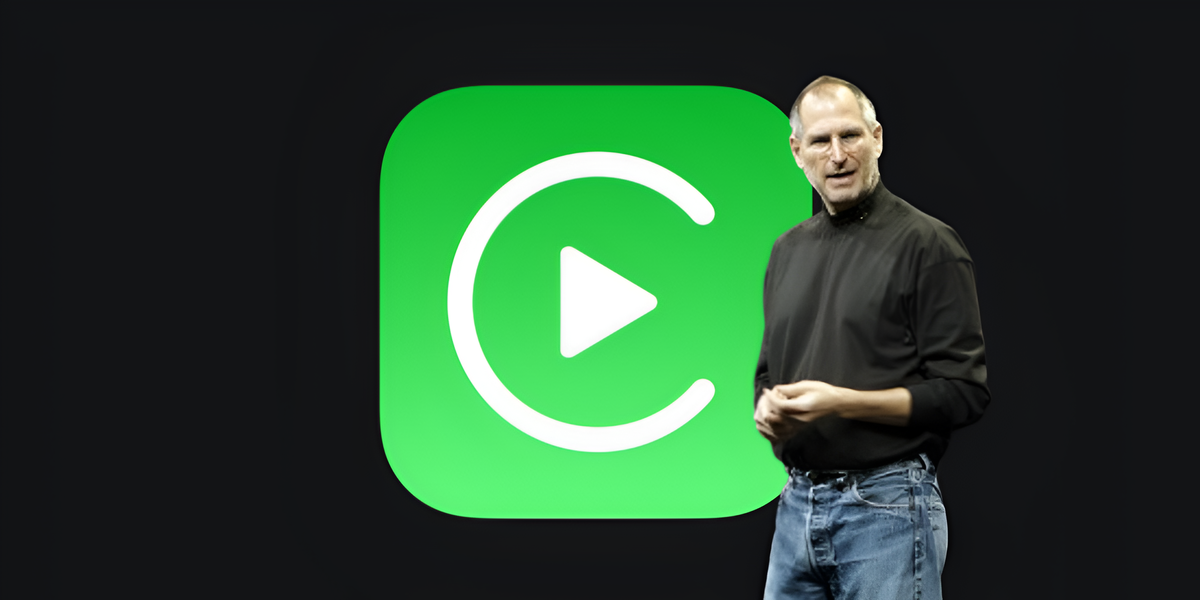After years of hesitation, denials and shrugs, we’re finally here: Twitter introduced the possibility of edit messages already published.
A feature that is present in practically every other social network, but which Twitter would never have wanted to introduce for fear of polluting what is one of its vocations: to be a kind of historical archive of everything relevant in the world, as well as a megaphone of the voice of the most relevant politicians, journalists and opinion leaders.
A voice that in the original vision of the site had to remain spontaneous and, above all, not to be corrected (or falsified) afterwards. But in the end, after strong pressure from users, the social network reconsidered. For now, the tweet editing feature is still in an experimental phase. As such, it means only users subscribe to Twitter Blue can access it. So the Italians are excluded for the time being.
How editing tweets already published works
The operation is simple and intuitive: as already happens on Instagram or Facebook, users can edit their posts, correct any typos or integrate and correct entire sentences.
However, there are important limitations: firstly, it is only possible to edit a post within 30 minutes since its publication. Once the thirty-first minute has passed, the entry cannot be edited. Second, users can tweet for a up to five times. After the fifth change, the post cannot be retouched.
It’s a compromise between user requests and what we mentioned above: the mission of a social network interested in defending “the integrity of online conversations and discussions”.
However, both limits will be subject to change in the future. One day, the ability to edit tweets already published will be extended to all users. Twitter will use this experimental phase, which is limited to subscribers, to understand what the impact of the feature will be on the health of the social network. So when the feature is extended to everyone, there may be fewer limits, or even stricter requirements.
The first tests have already started in New Zealand, after which we will continue to Australia, Canada and the United States. Europe will have to watch, at least initially.
Source: Lega Nerd













